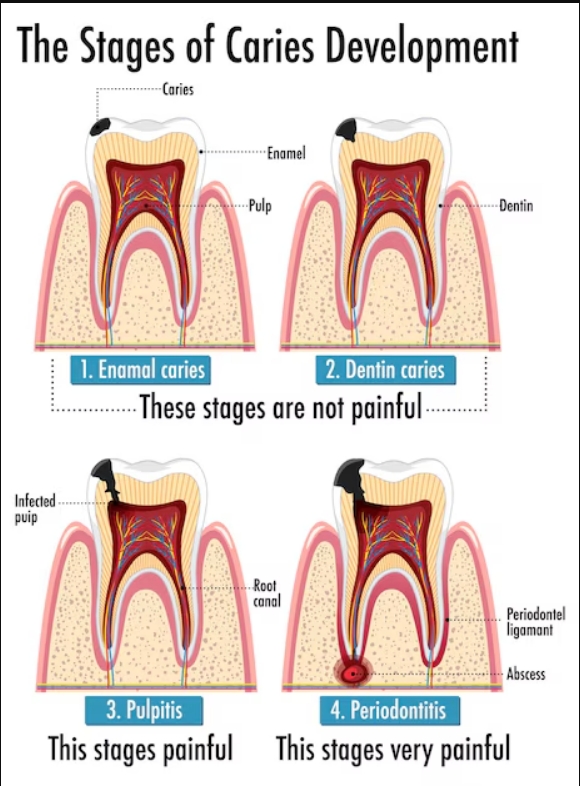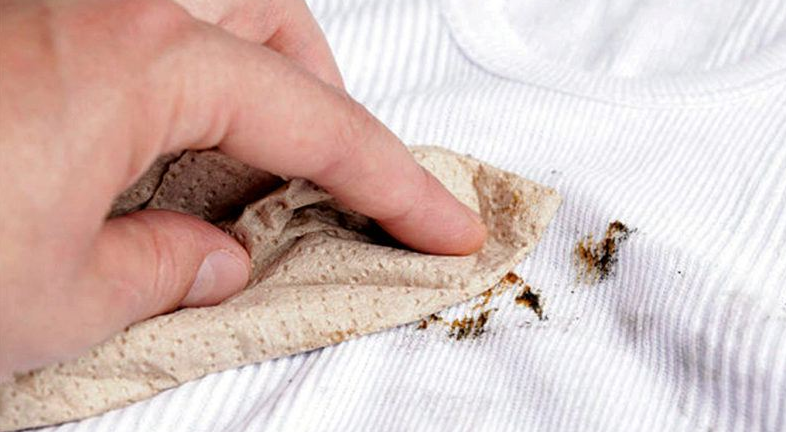A root canal is a type of dental treatment used to treat infection or injury that has spread deep within a tooth to the pulp, which contains blood vessels and nerves. Although many people associate root canals with pain, they are a very efficient approach to salvage a damaged tooth and reduce suffering. To stop further infections, the procedure entails cleaning out the diseased or infected pulp, sanitizing the surrounding area, and sealing the tooth.
Skilled endodontists or general dentists execute root canals, which are often reasonably painless procedures carried out under local anesthetic. Gaining a clear understanding of the root canal procedure helps reduce anxiety and sets expectations for both the therapy and the aftermath.
We’ll lead you through every stage of the procedure in this detailed guide, from diagnosis to recuperation, so you can feel better prepared and confident.
Step 1: Determining the Pulp’s Infect
First, your teeth will be examined by your dentist. The degree of inflammation and tooth decay may then be determined by taking one or two X-rays. In addition, they can conduct a sensitivity test to see whether you feel pain or discomfort when sweet, cold, or hot stimuli come into contact with your biting surface.
Once your general practitioner has determined what is causing your toothache, he will refer you to an experienced dentist because modern dental technology is needed to fully grasp the condition. A skilled endodontist will verify whether the tooth requires a root canal treatment using sophisticated X-rays and digital images.
The dentist will numb the tooth and surrounding tissues with local anesthesia using a needle. Your endodontist won’t begin the treatment until your pulp is numbed, even if it may take some time if it is irritated. Your dentist may apply a dental dam, a tiny piece of material that resembles rubber and divides infected teeth to keep them dry and clean after local anesthetic has numbed your tooth. By covering other teeth in your mouth, this rubber sheet—also known as a dental dam—isolates the tooth that requires root canal therapy.
Step 2: Extract the Infected Tooth Pulp
The following step involves the dentist creating a hole in the tooth’s crown to remove the pulp and germs. This will make it easier for your dentist to reach the tooth’s pulp chamber and root. After that, he or she will use surgical instruments to clear the pulp chamber and root canals. To make sure no infection remains that could cause discomfort, they might also use an antiseptic or antibiotic. As of right now, your root canal is spotless and devoid of infections going forward.
They put files of various sizes into the hole to reach the root tip and completely remove the diseased root canals. After that, your dentist will use water or sodium hypochlorite to remove any remaining bacteria. Your tooth won’t be harmed by removing the pulp because it is already dead.
Step 3: Releasing the Filler in the Root
Your dentist will use a substance similar to rubber called gutta-percha to fill the canals after the pulp chamber has been completely dried and cleaned. After that, it is heated inside the canals. To make it fit against the walls, the dentist compresses it. To properly seal the canals, your endodontist will then apply an adhesive cement. Bacteria won’t enter a canal that has been adequately sealed.
Step 4: Dental Restoration
You must schedule an appointment with a skilled dentist to remove the temporary filling in your tooth within a few weeks. When the dentist places a permanent filling over the treated tooth, your teeth will subsequently be restored to their pre-infection strength. This stops more infection and acts as a therapeutic solution for your damaged tooth.
The significance of having a root canal
1. Reduces Pain
A toothache can be one of the worst things you’ll ever encounter. Distraction from work may occur due to discomfort. It can destroy any downtime you have and utterly ruin your productivity. The majority of discomfort experienced during a root canal comes from the infection that caused the tooth’s internal dental pulp before the procedure or the healing period. A root canal can immediately release the pain by removal of the infection from the tooth.
2. Remove The Sensitivity to Temperature
One of the main advantages of receiving root canal therapy is that it eliminates damaged nerves, allowing you to resume your favorite dietary habits.
3. Stops Additional Serious Infections
Your tooth’s dental pulp chamber infection is not going to limit itself to one tooth. It can potentially spread to other teeth or body parts, seriously harming your dental health and smile. Patients who neglect to receive root canal therapy run the risk of developing pain, swelling, and further infections in their gums, teeth, and other oral tissues. If you don’t cure this infection, it may have a fatal effect on your general health.
4. Preserve Your Smile
Saving your tooth is the main objective of a root canal, not its replacement. Nothing will ever look, feel, or perform like your own teeth, even though dental prostheses might be able to partially replace lost teeth strength.
5. Avoids Issues with Teeth Shifting
You may be surprised to hear that your teeth do a little bit of mutual assistance. The surrounding good teeth may migrate due to tooth extraction or fallout due to decay, impairing your ability to chew and look bad. Imagine not being able to chew your favorite foods any longer! One of the main advantages of having a root canal is that the process tries to preserve as much of your natural tooth as possible, allowing you to keep eating the foods you love.
In the end!
In conclusion, a root canal is a common and successful treatment that can save a damaged tooth and ease pain, even if it may initially appear scary. Gaining knowledge about every stage of the procedure, from diagnosis to rehabilitation, can help you approach the treatment with more assurance and less fear.
Surgery is frequently more comfortable than expected, thanks to contemporary methods and anesthetics, and the effects might persist for many years. The best method to protect the health and longevity of your teeth is to speak with your dentist or endodontist if you think you might need a root canal. With an emphasis on professional treatment, comfort, and guaranteeing the best possible dental health for their community, Dental Associates of NJ offers complete root canal services to patients in Bayonne and Jersey City, NJ.





